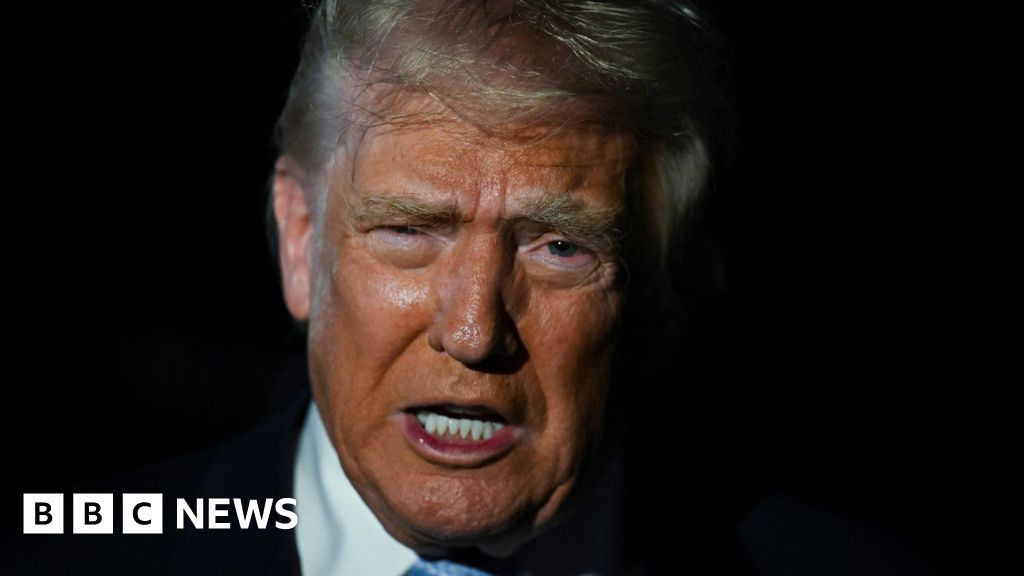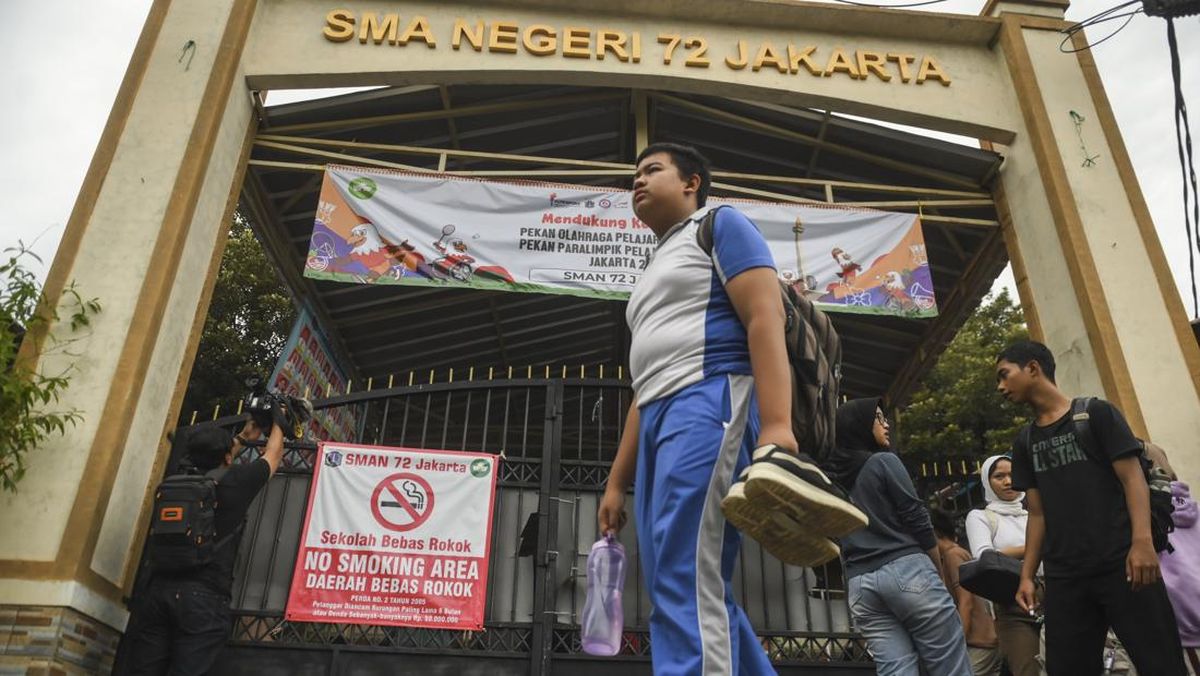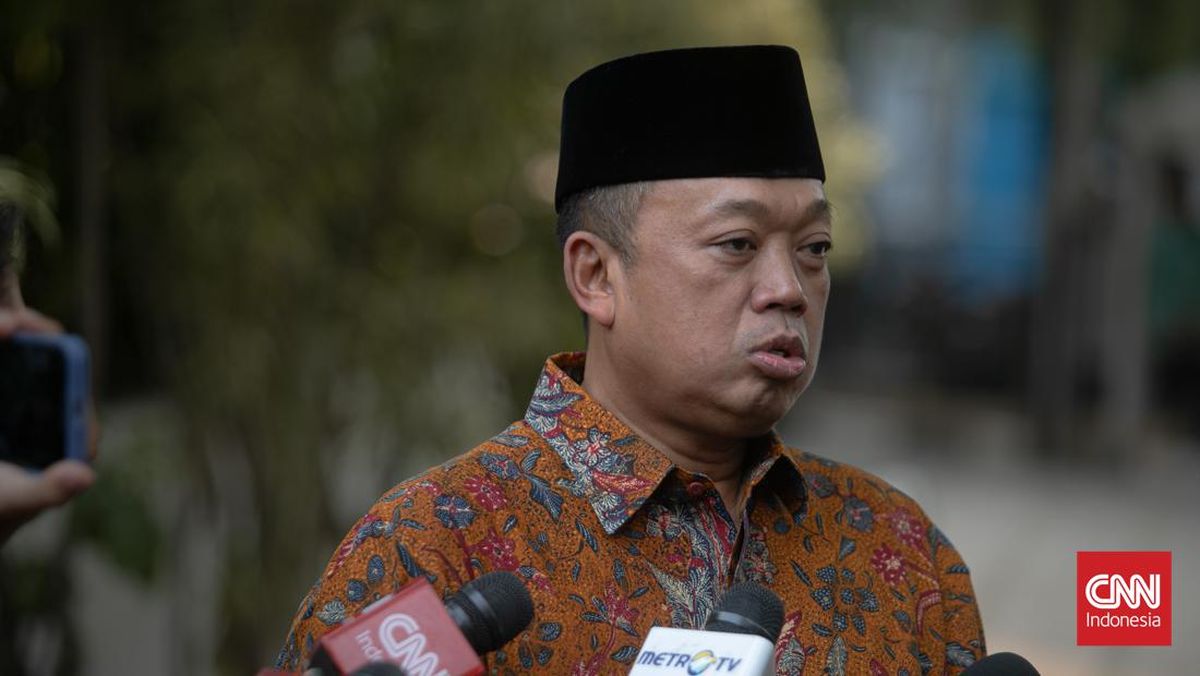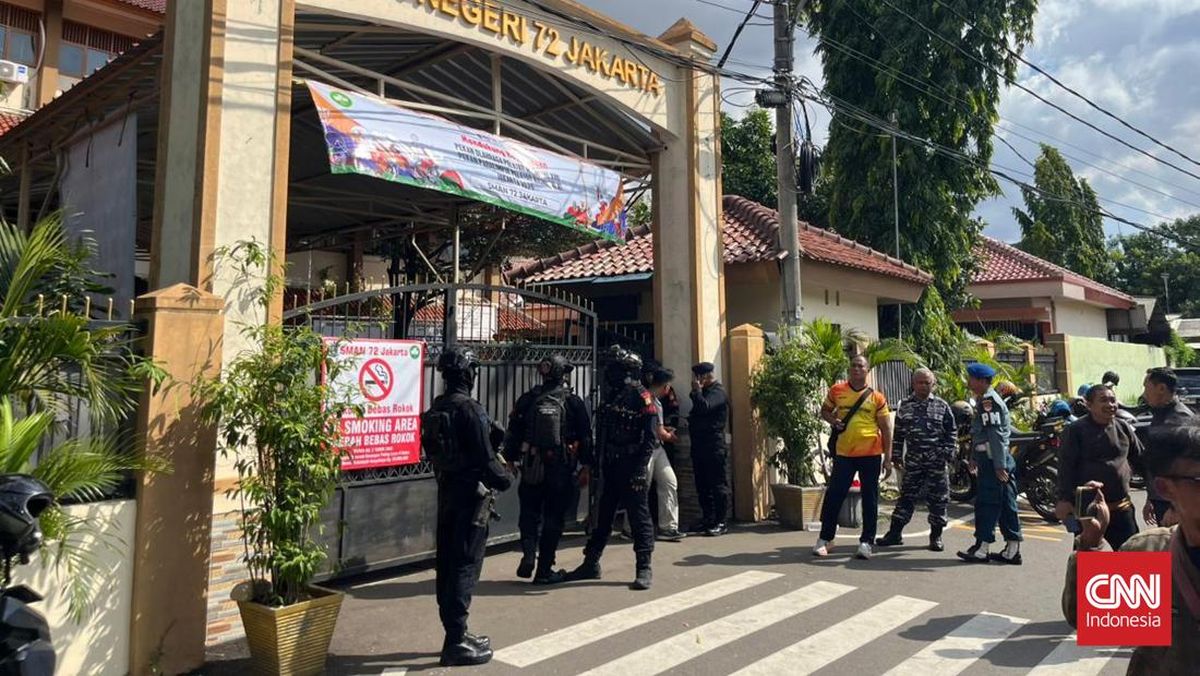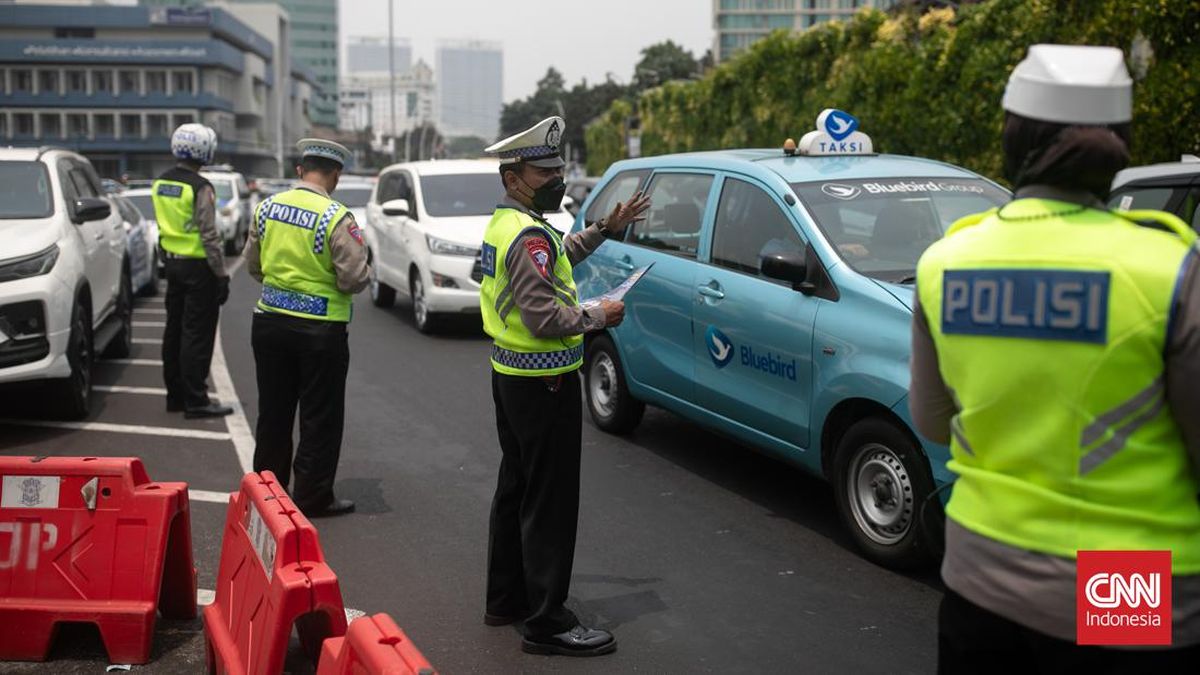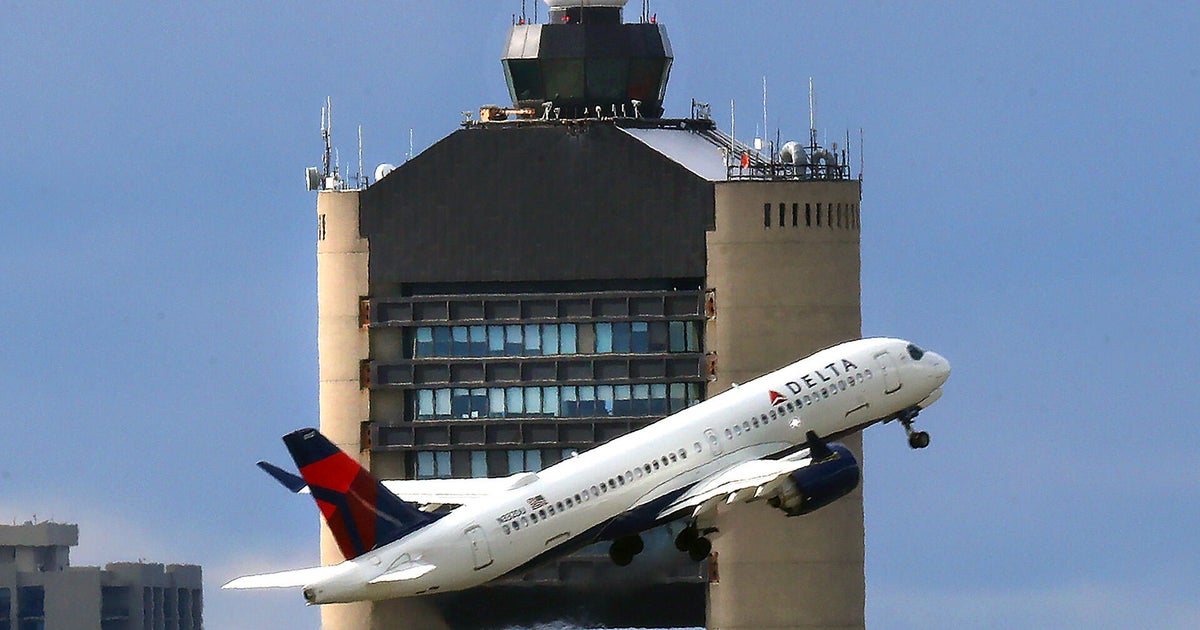Opinion
November 17, 2025 — 11.57am
November 17, 2025 — 11.57am
Bananas, coffee, beef, tomatoes, fruit juices, nuts and spices are, apparently, no longer as big a threat to national security as they were in April, when Donald Trump first announced his plan to impose “reciprocal” tariffs on just about every country on earth.
On April 2, Trump issued an executive order in which he said that persistent US trade deficits constituted an “unusual and extraordinary” threat to the national security and economy of the US and declared a national emergency to deal with that “threat.” That was the justification for the tariffs, even though the US had had a trade deficit in every year since 1975.

Trump is scrambling as America grapples with cost-of-living woes.Credit: AP
On Friday, Trump issued a new executive order, modifying the scope of his tariffs to exempt more than 100 products from the reciprocal tariffs.
The about-face came, of course, after sweeping wins by the Democrats in last week’s New York mayoral election and in a number of races for state governors and other senior state officials, with affordability the top of mind issue in those contests.
Trump’s popularity and perceptions of his credibility as a manager of the economy have been sinking, raising concerns within the Republican ranks about their fate at next year’s midterms.
That’s not, of course, the rationale presented by the administration for the rolling back of some of Trump’s tariffs.
Loading
“Many of the announced trade deals and ongoing negotiations involve countries that produce substantial volumes of agricultural products that are not grown or produced in sufficient quantities in the United States,” the White House said.
Duh! The administration has imposed reciprocal tariffs (which may or may not be legal, depending on what the US Supreme Court decides) on plenty of countries that produce things that the US either doesn’t produce or doesn’t produce enough to satisfy domestic demand.
That should have been obvious to Trump and his advisers – as it was to most with a basic understanding of trade and economics – from the outset, but Trump’s Trade Representative, Jamieson Greer, was adamant during a Senate hearing in April, when the reciprocal tariffs were supposed to take effect, that there would be no exemptions or exclusions from them.
Now there are, in a tacit admission by the administration that, contrary to what it has consistently argued, that tariffs do raise prices and are increasingly paid by US consumers.

Bananas and coffee illustrate perfectly how misconceived the tariffs are.Credit: Bloomberg
Bananas and coffee illustrate perfectly how misconceived the tariffs are. The US imports almost all its bananas and coffee, most of its from South America and, in the case of coffee, from Brazil in particular. More than 99 per cent of US coffee is imported, with nearly a third of it from Brazil.
Trump imposed a 50 per cent tariff on Brazil – a base 10 per cent tariff and an extra 40 per cent rate as punishment for the prosecution of Trump’s friend and ideological ally, Jair Bolsonaro, for an attempted coup. Not surprisingly, the retail price of coffee has soared nearly 19 per cent from a year ago.
Similarly, the price of bananas, which the US mainly imports from Guatemala and Ecuador, is up about 7 per cent.
Loading
Beef prices, where even Australia, which has a trade deficit with the US, is subject to Trump’s 10 per cent baseline tariffs, have also surged.
According to the St Louis Federal Reserve, they are up by more than 14 per cent this year. The US herd is its smallest in 70 years, so the tariffs have a magnified impact on prices.
More broadly, the US Tax Foundation has estimated that the tariffs have pushed up retail prices by 4.9 per cent this year, while the Yale Budget Lab has calculated that they will cost the average US household $US1800 ($2750).
With the political pain mounting, Trump has decided to roll back some of the tariffs on products that have high visibility with consumers and their perceptions of affordability.
In other words, Trump’s strategy for lowering prices is to unwind some of the tariffs that he has claimed would help lower prices.
The administration consistently claims that prices and inflation are falling, when the official data, and households’ own experiences, say otherwise. While not backing away from its erroneous claims, the move to lower tariffs on a raft of household staples contradicts that White House messaging.
It is conceivable that the move to wind back some of the tariffs will be less effective than the White House hopes.
In the early months after the tariffs were announced, US importers stockpiled products before the tariffs came into effect, blunting their impact on prices.
With Trump dithering over the introduction of the new duties, and constantly tinkering with them as trade deals were negotiated with individual countries and companies, importers generally absorbed some of their cost while waiting to understand where the final trade picture would settle (if it ever settles).
More recently, a greater proportion of their cost has been passed onto consumers, a trend that is likely to continue.
Goldman Sachs has calculated that, in April, US imports picked up about 64 per cent of the tab for those tariffs in force, with foreign exporters absorbing 14 per cent and US consumers 22 per cent.
By October, the US companies were paying 27 per cent of the new costs, foreign exporters 18 per cent and US consumers 55 per cent. By mid-2026, Goldman has said, importers will pay 8 per cent, foreign exporters 25 per cent (as US importers identify suppliers willing to absorb more of the cost) and US consumers 67 per cent.
As was the case when, in Trump’s last term he imposed tariffs on imports of steel and aluminium, there will also be an element of US companies using the protection they provide to raise their own prices.

Trump’s popularity and perceptions of his credibility as a manager of the economy have been sinking, raising concerns within the Republican ranks about their fate at next year’s midterms.Credit: Bloomberg
The Peterson Institute for International Economics estimated that the cost to steel-consuming companies was $US650,000 for every steel industry job saved by the tariffs and that they added $US270,000 to domestic steel producers’ profits for each of those jobs saved.
In any category where the US doesn’t produce a product, or where its domestic industries can’t fully supply products Trump has hit with tariffs – even some of those where he is reducing the rate of the duty – there is an opportunity for domestic companies to raise prices or, where tariffs are being reduced, for importers to maintain prices and boost their profitability in the process.
For lovers of bananas and coffee, the tariffs might have been lowered, but the national emergency might not yet be over!
The decision to wind back (albeit not completely) some of the tariffs on some of the goods the US doesn’t produce, and the likelihood that there will be more to come if Trump wants to undo the worst effects of his tariffs on the vast majority of voters just adds to the ever-evolving complexity of the hodgepodge of tariffs in place.
Loading
By its own admission on Friday, those tariffs – and not just tariffs on comestibles like bananas and coffee, are driving up prices, but many thousands of others – are driving up prices and, while it won’t admit the obvious flow-on effects, pushing the inflation rate up and costing jobs and economic growth.
The Business Briefing newsletter delivers major stories, exclusive coverage and expert opinion. Sign up to get it every weekday morning.
Most Viewed in Business
Loading



